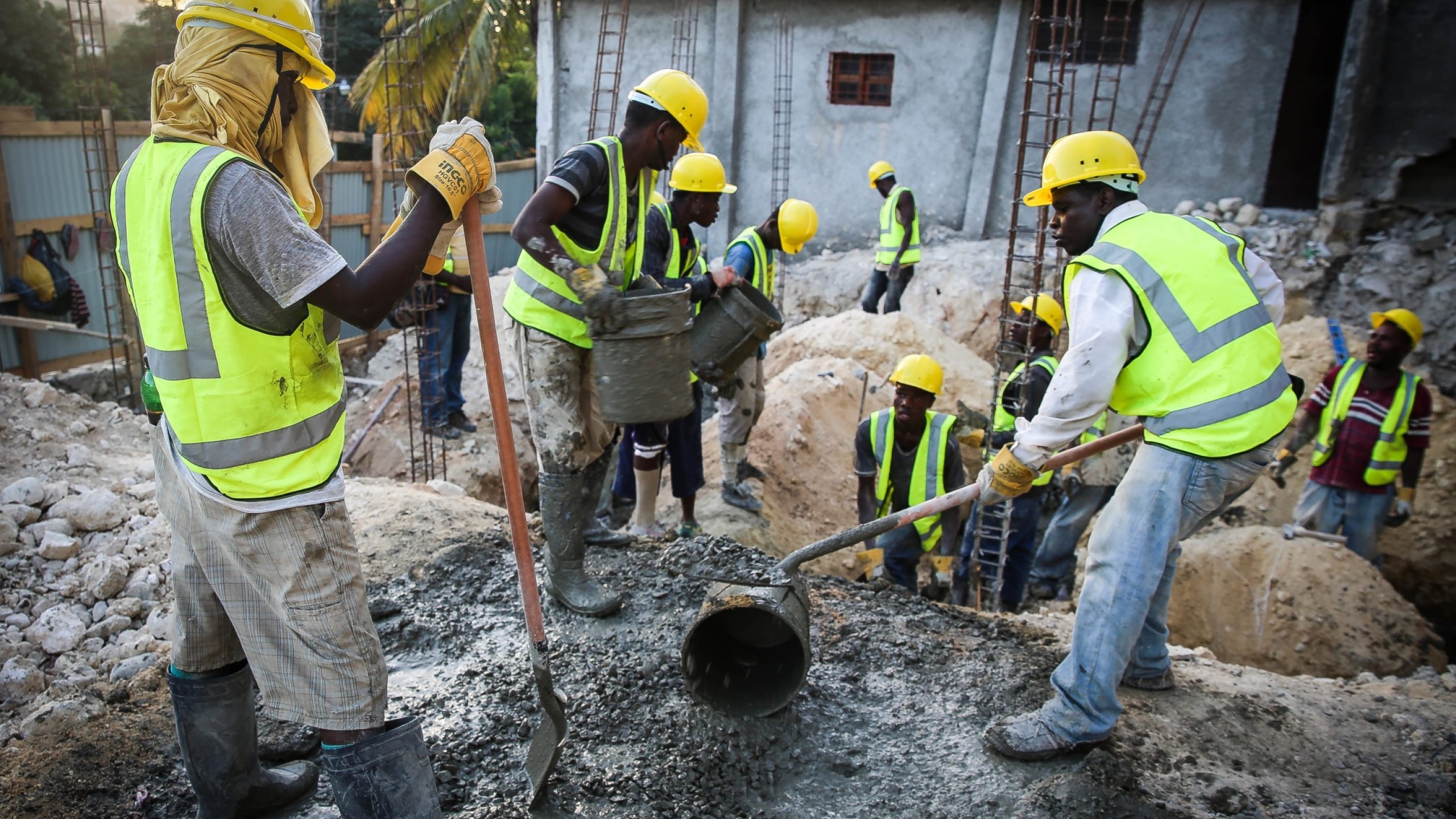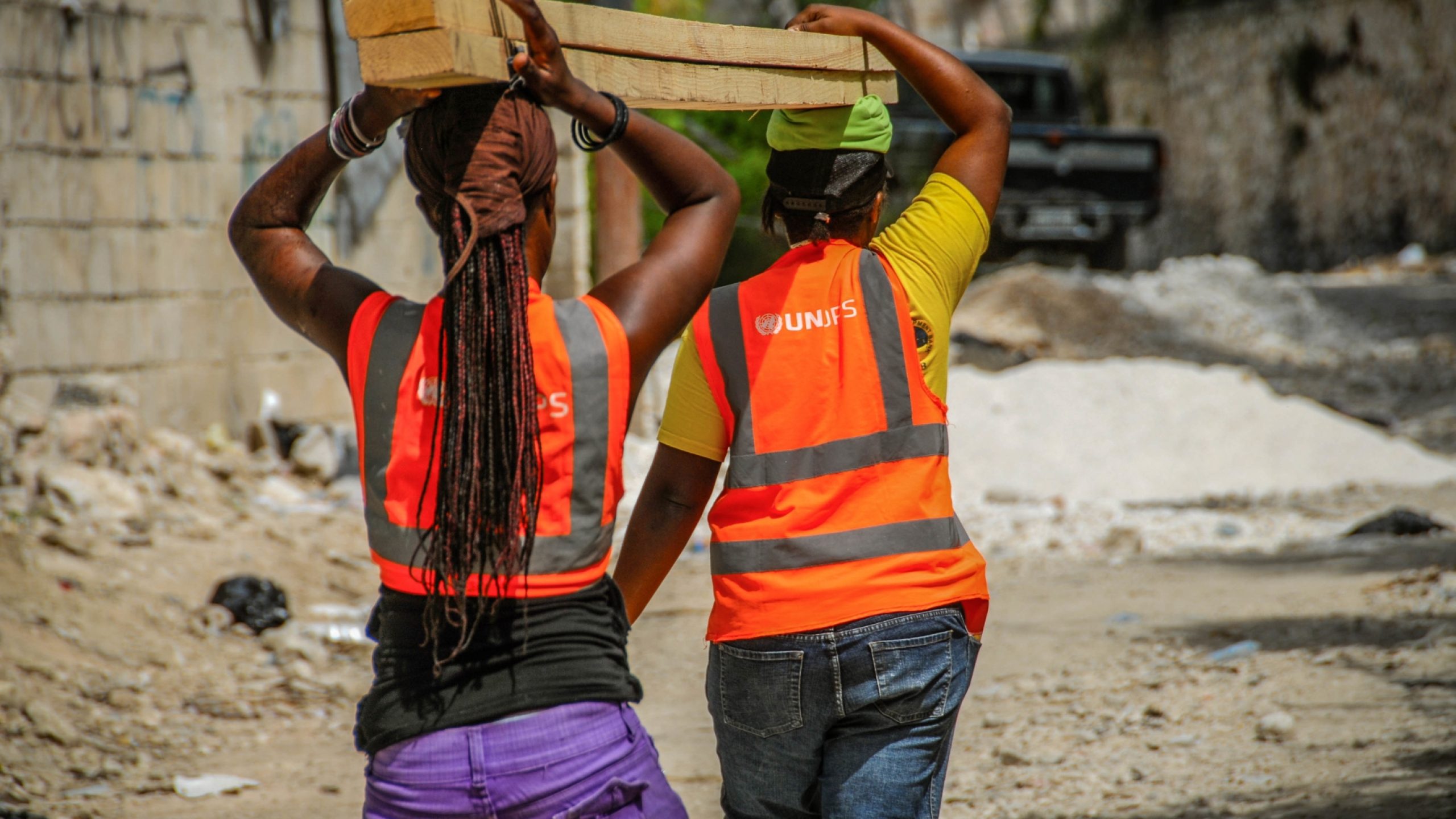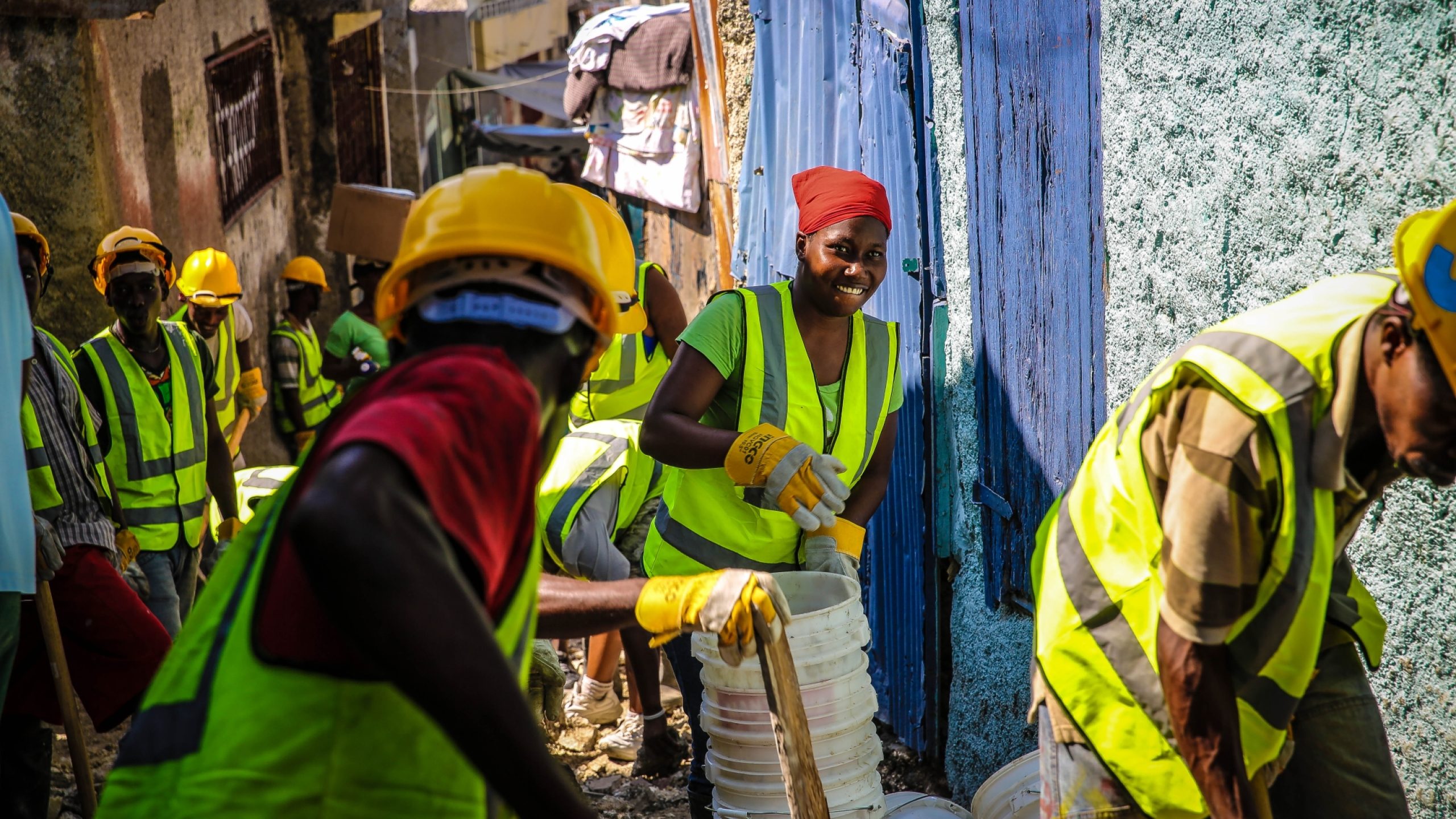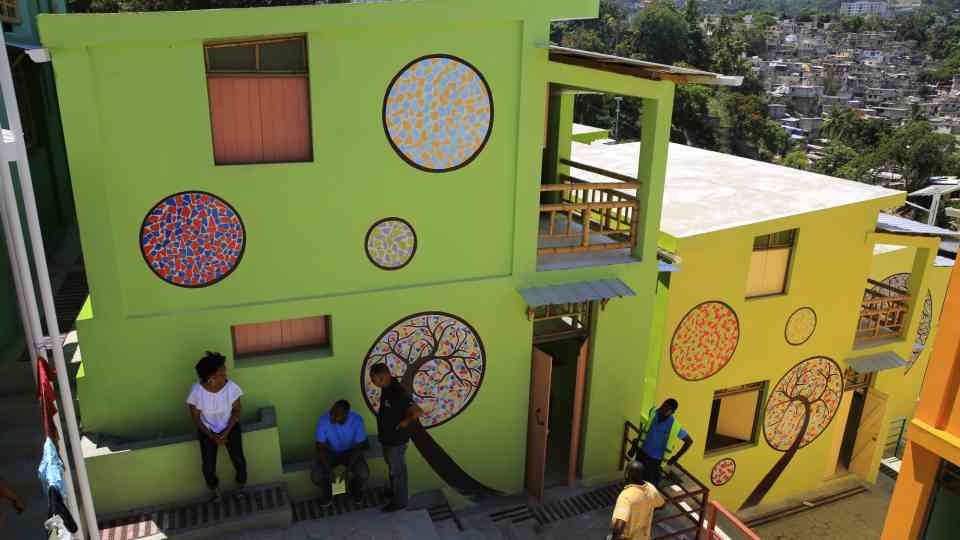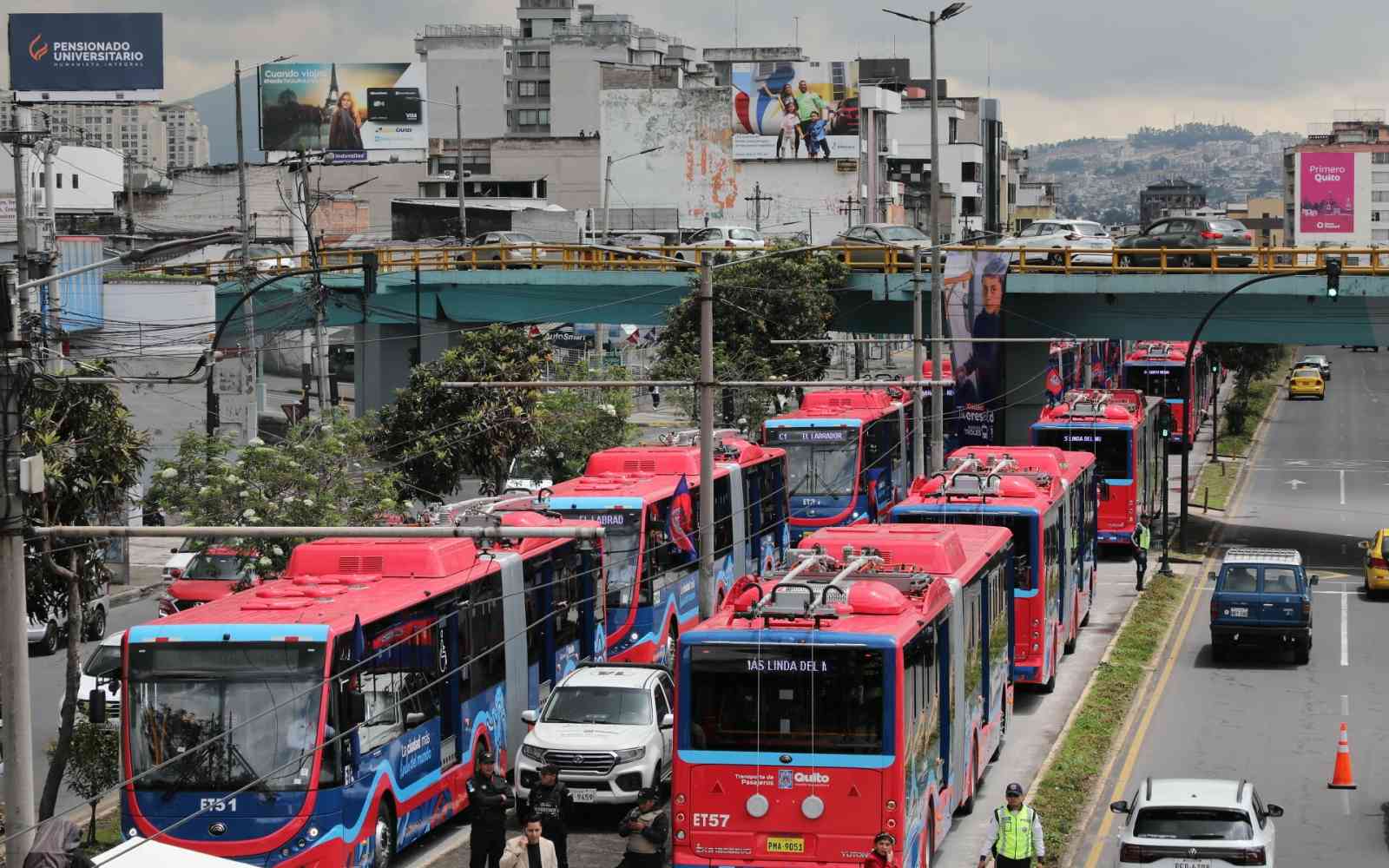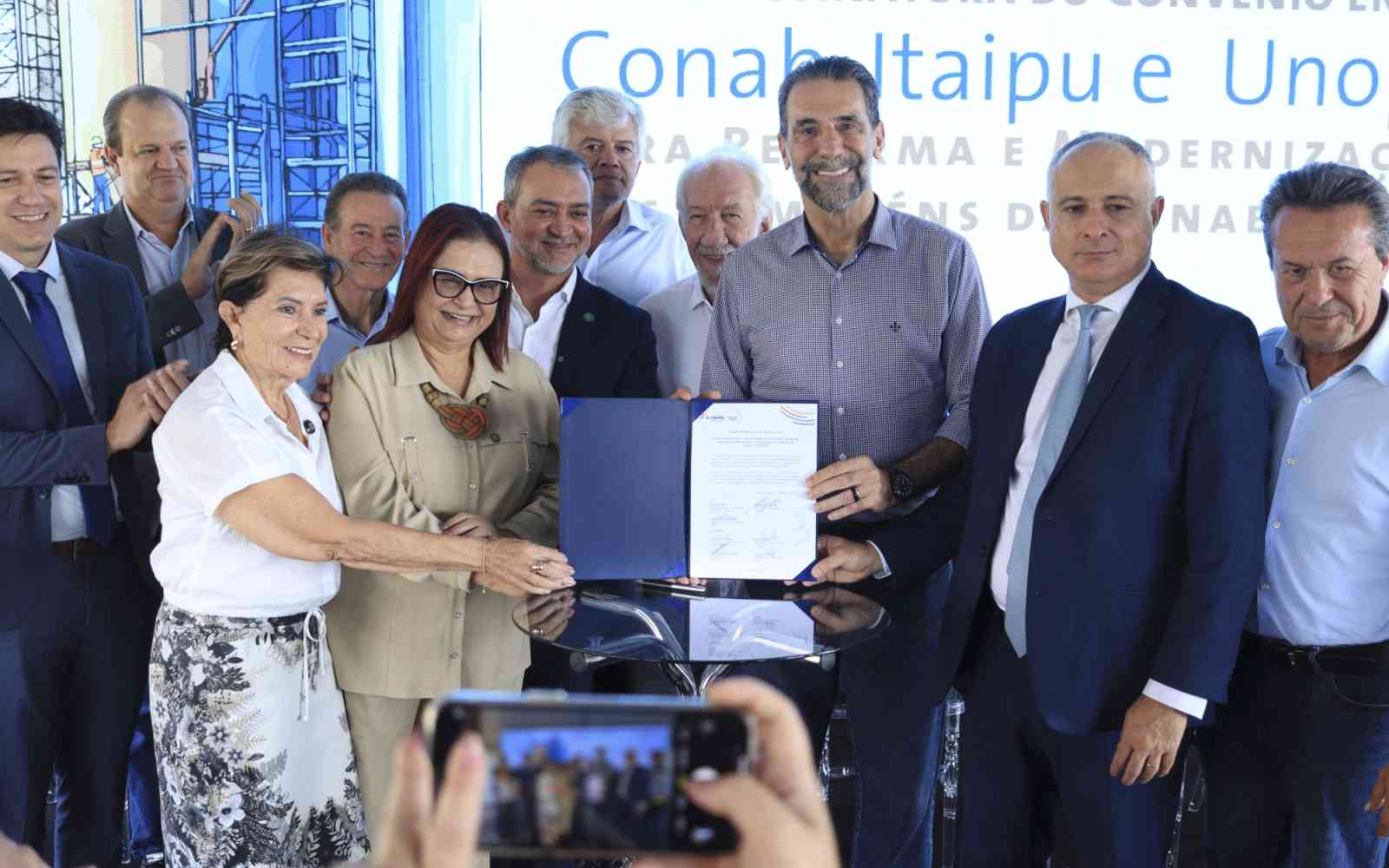The United Nations Office for Project Services (UNOPS)

Resilient Communities
In support of Habitat III, we’re highlighting how communities can come together after natural disasters to build back better.
In January 2010, a devastating earthquake rocked Haiti's capital, killing over 220,000 people. Several hundred thousand homes came tumbling to the ground.
Living conditions have never been easy in the nation's capital.
Even before the earthquake – many lacked access to toilets and clean drinking water. The vast majority of people lived in informal settlements and many homes were located in hazardous locations, including steep hillsides and seismically unstable ground.
The city's infrastructure did not stand a chance against the 7.0 earthquake.

In response, the Haitian Government launched a project to resettle those living in six internally displaced camps into 16 rehabilitated neighbourhoods.
With support from several UN organizations, UNOPS rebuilt more than 600 housing units in eight of the 16 neighbourhoods.
Local communities came together to help rebuild their neighbourhood. Throughout the effort they played a central role in identifying the needs of the community.

The working environment was not always perfect. Site conditions and security issues made it difficult to access and transport materials. The Government had lost one-quarter of its officials in the earthquake, and locals had limited construction skills.
However, beneath the rubble, champions emerged.

Loranie Zephyr lost her house and injured her foot during the earthquake. Living on land passed down from her family in Fort National, she refused to leave everything behind.
Now, at 67 years of age, she was selected for a new house on her plot of land – something she never dreamed of happening.
After her house collapsed, Loranie was only able to grab her sewing machine.
She now sews for her neighbours and her new home provides enough space to receive clients.
She explained: "At my age, I wasn't hoping to have a new house. I now have space to move around without much difficulty with my crutches."

Following the earthquake, Vladimir Jerome was forced to live in a shelter with his family in Champ-de-Mars. Without a stable income, he could no longer attend school.
At 20 years of age, Vladimir joined the projects team to make a living.
"Through this project, I realized I could become an engineer. Thanks to the money I have earned, I will begin my studies later this year."
After improving his skills, he quickly advanced from operator to foreman.
He added: "The project not only helped rebuild my home, it has also changed my life and given me the hope and opportunity to achieve my dreams. We no longer have to sleep under the stars."

Jacques, who is 63 years old, lost his home and his leg in the earthquake. Afterward, he struggled to make ends meet.
Jacques Sony, a roadside lottery ticket salesman, was unable to make enough money to rebuild a home for his family.
After being selected to receive a new house, he explained: "Thanks to this unexpected opportunity, at last my children have a roof over their head. I feel freed from an enormous burden."
Community committees responsible for supplying basic services such as water and electricity were created.
The construction of homes was finalized in May of this year. Drainage systems, access roads and running water were included in all eight neighbourhoods.
As many neighbourhoods suffer from gang violence, the installation of hundreds of solar streetlights made residents feel more safe.
Now, approximately 33,000 Haitian families have a safe and secure place to call home.


Project details:
The 16 Neighbourhoods/Six Camps (16/6) project was led by the Government of Haiti and jointly implemented by the UN Development Programme, the International Labour Organization, the International Organization for Migration and UNOPS. The project was partly funded by the Haitian Reconstruction Fund, the Government of Canada, Woord en Daad and the Petunia Foundation. UNOPS designed and implemented low-income housing and community infrastructure works in eight neighbourhoods: Morne Hercule, Morne Lazarre, Nerette, Bois Patate, Morne Ebo, Jean Baptiste, Villa Rosa and Fort National. UNOPS was responsible for repairing and rebuilding homes so that they satisfy risk-mitigation standards, as well as improving community infrastructure including sanitation and waste management facilities, footpaths and access to drinking water and other utilities. In total, 615 new housing units were built and 2,000 were rehabilitated.









